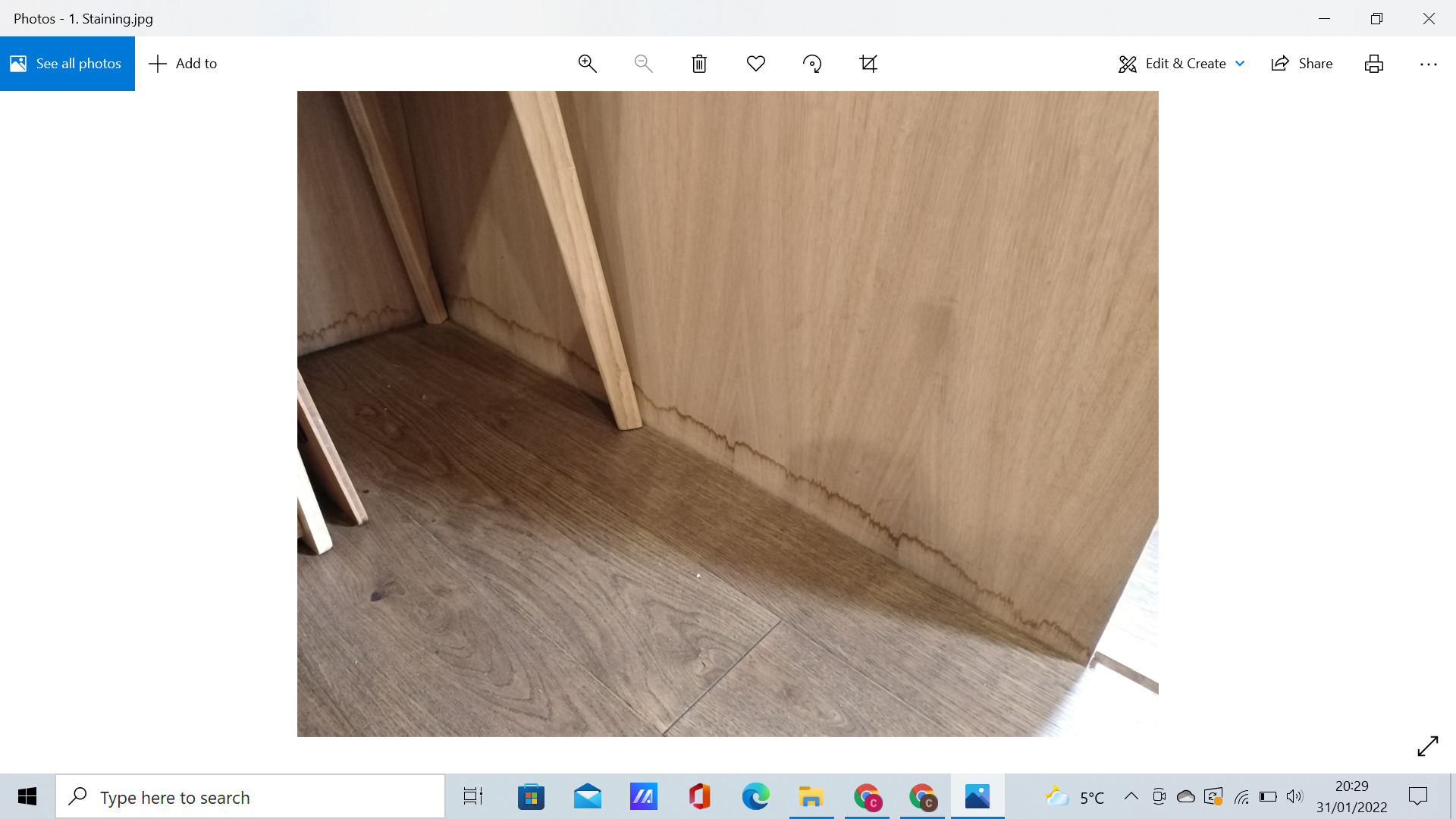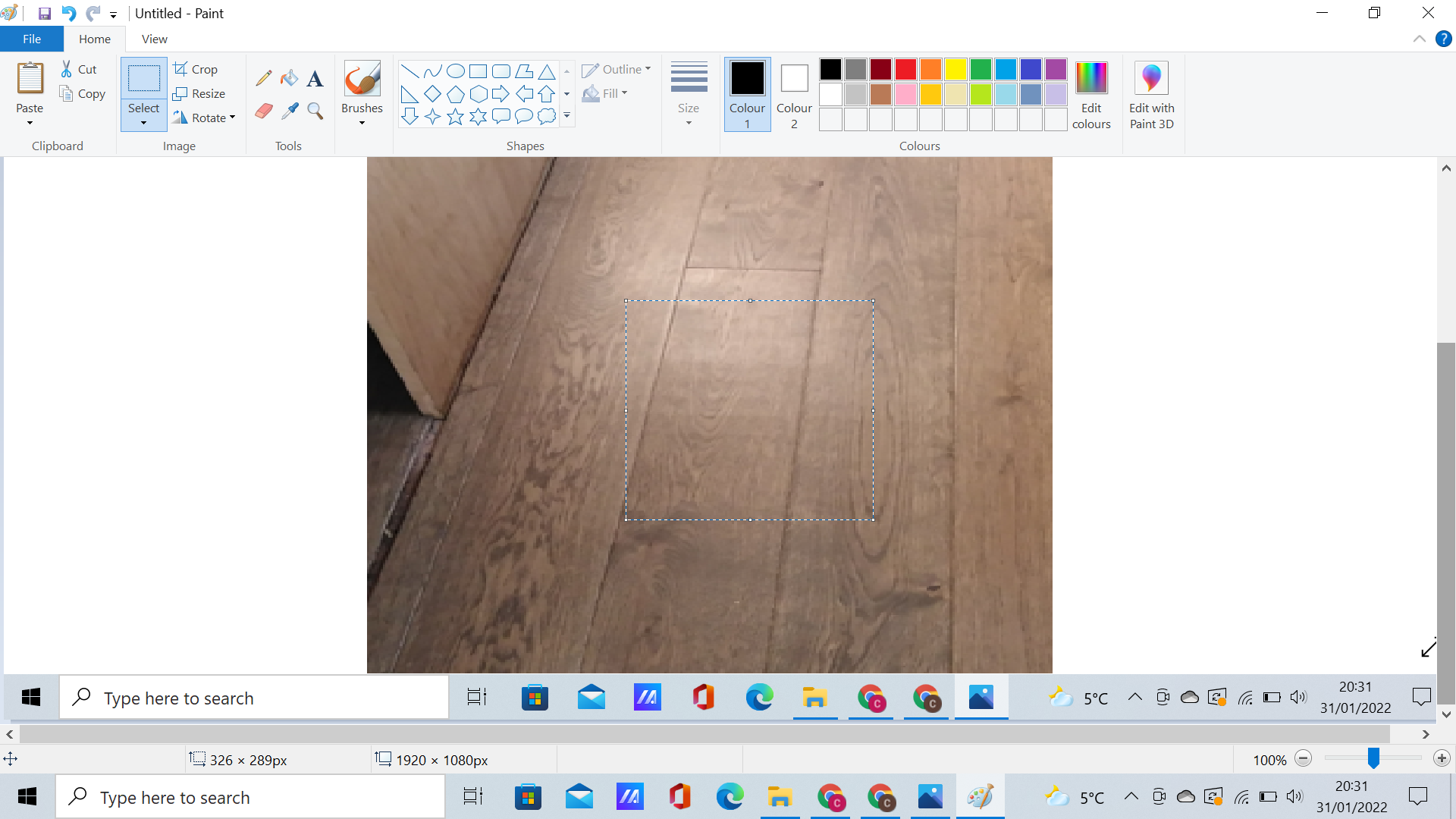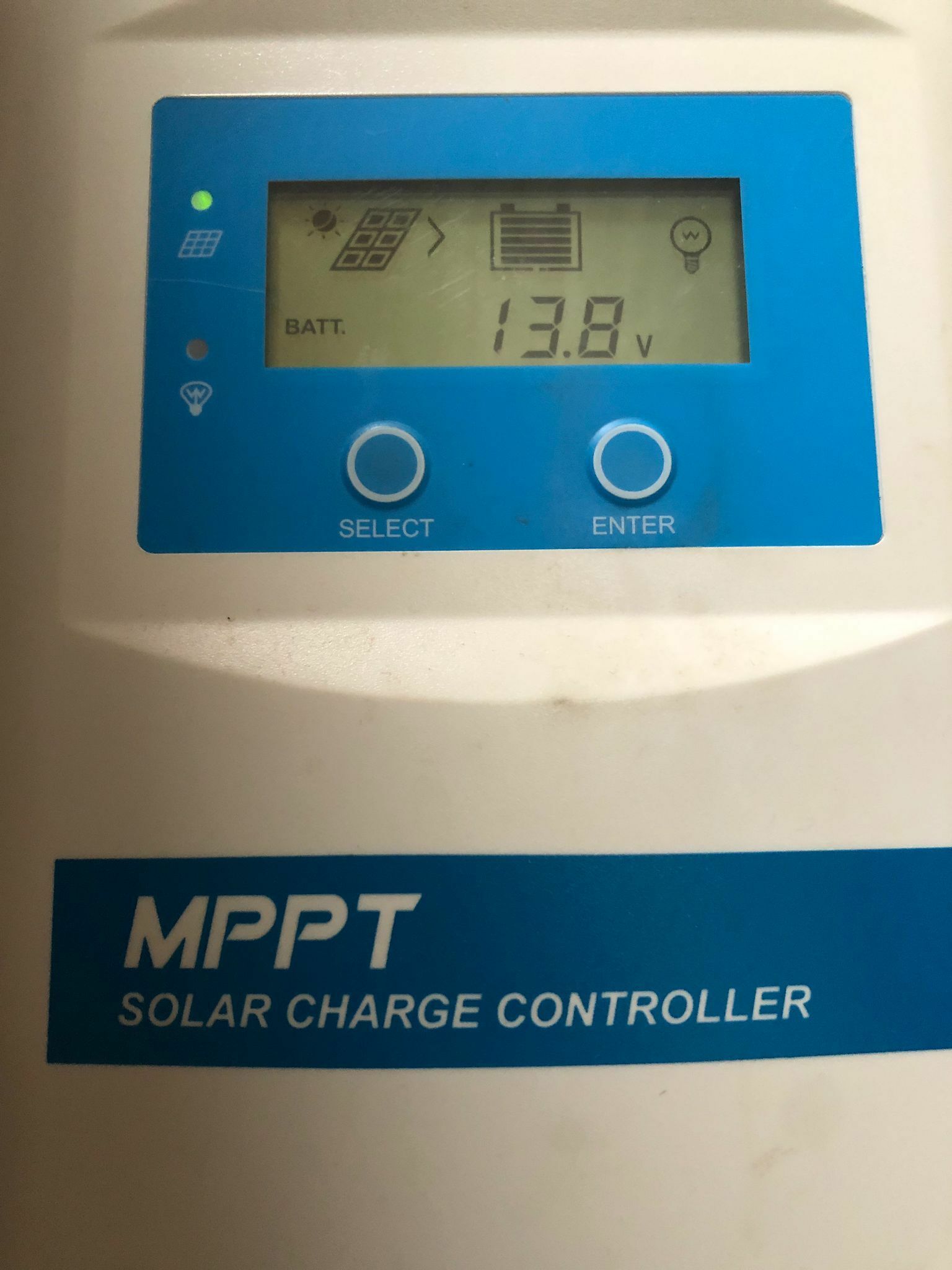

Floating Guye
Member-
Posts
16 -
Joined
-
Last visited
Content Type
Profiles
Forums
Events
Gallery
Blogs
Store
Everything posted by Floating Guye
-

Degreasing oil from engine bay
Floating Guye replied to Floating Guye's topic in Boat Building & Maintenance
thank you! -

Degreasing oil from engine bay
Floating Guye replied to Floating Guye's topic in Boat Building & Maintenance
a) Why not white spirit? and b) what do you mean by "gunk"? I would try cat litter but now I've soaked up most of the water with the nappies. I don't know if I've shot myself in the foot there - just got a lot of dry-ish oil on the bottom now... -

Degreasing oil from engine bay
Floating Guye replied to Floating Guye's topic in Boat Building & Maintenance
ahhh, that's a brilliant tip, thanks mate! -

Water stains on wooden interior walls
Floating Guye replied to Floating Guye's topic in New to Boating?
So it turns out the underlying wood in the sub-flooring is not in fact MDF but "Eastern plywood", according to my manual. I don't know if this changes anything - would plywood be more water-resistant (or better at drying once wet) than MDF? And thanks Rich - this is really helpful and quite reassuring about the rippled floorboards. What I would say, however, is that although the casual observer would never notice them (they are very subtle, as you say) I worry that were I to carry out a survey some day, a surveyor would very likely pick it up. Thoughts on this? I don't know quite how thorough surveyors are, and I've even heard that they can be quite blasé and gloss over a lot of things. Thanks again for your help! -
Just a rush because I won't have an opportunity to do it after this week. Other than that, my main concern is that I have not done a service for 18 months, whilst they're supposed to be carried out every 12, so this is a separate question, but: -Do people think it's very bad news if I only do a service after 18months instead of 12? Will that have caused a significant amount of damage to the engine? Or am I worrying unnecessarily? Thanks for your help Tony. I've spent today watching a load of videos and reading lots of dense manuals and think I have finally started to get it. The problem is, I have zero mechanical background, so lots of mechanically-savvy people telling me it's a relatively DIY job wasn't reassuring, because I have next to no DIY experience. But having read the manuals & watched the videos I can now see what you mean about how it's easy... these modern engines seem to be laid out in a really user-friendly way, so that's good!
-
Hi there, I've had some oil spill out into my engine bay (from a loosely-fitted oil cap, I believe) and it has mixed with a lot of water in the bilge, got everywhere and covered the whole floor of the bay. My first step in dealing with this was to follow advice suggesting the use of nappies to absorb as much water/oil as possible and dispose of it responsibly (rather than sticking the bilge pump on and polluting the waterways!) - I've now completed this stage. This leaves me with a load of dry, water-less oil covering the bottom of the engine bay. What are the best ways to clean this up? I have been told that using white spirit and a lot of that industrial blue roll is the best way. Do people have any other/better tips, or is that a good place to start? Thanks!
-

Water stains on wooden interior walls
Floating Guye replied to Floating Guye's topic in New to Boating?
Totally - can definitely relate to that feeling of no one looking after your boat like yourself! Amen to that. Yeh, I've kept sticking my hand down into the hull cavity ever since and it's dry as a bone down there. From the sound of it, I may well have avoided wood rot then 👍 The only slightly tricky bit is with the floorboards - so the oak veneer panels themselves are highly waterproof - standing water would have to sit on top of it for days for it to seep through, and even then it would only be at the joins, if at all. The issue, however, was that the during the flood the water flowed to the sides, where the walls join to the floor panels, and there are cracks here where water can get in (hence the 100L getting into the hull). When the water filtered into these cracks, it will have been partially soaked up by the composite wood that underlies the oak veneer on the surface (some kind of good quality MDF, I'm told). The issue with this under-layer is that it is much more absorbent, and since the capping layer of oak veneer is so watertight, it is also unbreathable. The result of all of this, I have concluded, is that having seeped in, the water would have been sucked up by these MDF layers and then may have difficulty drying out, since it cannot "breathe". I say this because the rippled floorboards used to be everywhere, but over the months the ripples nearest radiators or the fireplace have flattened out and disappeared - this makes me think that, if I could get enough heat to these areas, I could perhaps still "drive out" the remaining moisture... Any further thoughts welcomed. Thanks Black Rose -
Hi there, I had a small inside flood on my boat last year (when a mate left a tap on in a blocked sink - circa 100L overflowed according to our guesstimates) and although I cleared out almost all of the water that had seeped down into the hull with a wet vac over the following 2 days, there remain cosmetic (?) signs of damage to some of my wooden walls and also to some floorboards (though less visible). The remaining (visible) damage amounts to: -staining at the base of a couple of wooden partition walls and -rippling in the oak veneer floorboards. Could you please let me know if: a) any of this is a problem structurally (i.e. will the wood start rotting, or something similar?) or b) if anything can be done to either fix it (short of pulling the wood panels out & replacing them) or at least cover up the visual signs of the past flood. One suggestion that was given was to attach skirting boards at the base of these walls, so as to cover the stains. But I was wondering if there might be some kind of substance to "paint" over the top of the markings... but I imagine that any such substance might be likely to add a colour... like there wouldn't be a "transparent" version of this that could somehow magic away stains, I imagine. Anyway, I have attached a couple of photos to give you an idea of the damage (the rippling in the floorboards is less obvious). Please let me know your thoughts! Thank you! Chris
-
So I am actually slightly reassured having read your various comments. I have a MPPT Solar Charge Controller - is this not a "battery monitor"? As shown on the picture below, it shows me the battery voltage, amps, and various other readings Also, I was very reassured by this comment because (when not in charge) my batteries are almost always in the range between 12.7 and 12.1 Perhaps my batteries are still okay after all?!
-
I am wondering if, since I haven't been in the habit of sticking the motor on for long periods (except when cruising) my batteries may have been being damaged for a while now. Is there a specific way of testing battery capacity? Or do you just have to sort of work it out from how quickly the voltage drops on your display? If I were to buy a new set of batteries (4x105ah) for my widebeam, any idea what that might cost? The boat is only 2yrs old, so it would be bad if this battery bank had been used up already!
-
Thanks for your help. I didn't understand all of it. What I have understood, however, is that just reaching 14.7v doesn't mean the batteries are fully charged (am I right in thinking this is more the "charging voltage"?) So I will go back and stick the engine on for another, say, 8hrs. When you say "The only way to know when they are fully charged is to measure the current" - how would I go about measuring the current? On a final point, I wonder if my batteries are working properly (perhaps from previous such damage from previous owners) since the voltage drops quite suddenly once the sun is off the solar panels - this makes me think they are not "storing" or "holding" much charge. Forgive my ignorance - I don't know much about all of this and am just starting to learn! Cheers
-
We did recharge the batteries (but this only took 2hrs of the motor being on, not 10). The batteries got back up to 14.7v following charging, and then we had a day of blistering sun to top it off. I imagine that will be fine and, as cuthound says, hopefully will be okay if we don't make a repeat of it!
-
Hi everyone, My first post here. So yesterday my partner put a washing machine cycle (65 minutes, 40 degrees) on in our widebeam and (since she's new to boating) she didn't know that you need the engine to be running at the same time in order to provide enough power output! We have 2x 240w solar panels, but it was an overcast day, so very little juice will have been coming in from them. Before the cycle, the batteries were at about 12.8V, but after the cycle, they were down to 10v!! We subsequently put the engine on to recharge the batteries, and they seem to have refilled, and SEEM to be working as before. My question is: will this episode have irrevocably damaged the batteries? And will the damage be significant? Or would a small episode like this not cause too much serious harm? Another important bit of context might be that we just did a 1hr cruise before mooring and putting the washing machine on (I'm wondering whether, by generating hot water from our cruise, we may have mitigated the overall power draw required by the wash cycle, since our calorifier would have been recently topped up with hot water)... I am not sure, however, whether water from the calorifier is actually connected up to go into the washing machine. Anyway, all help would be gratefully appreciated. Thank you! Chris




